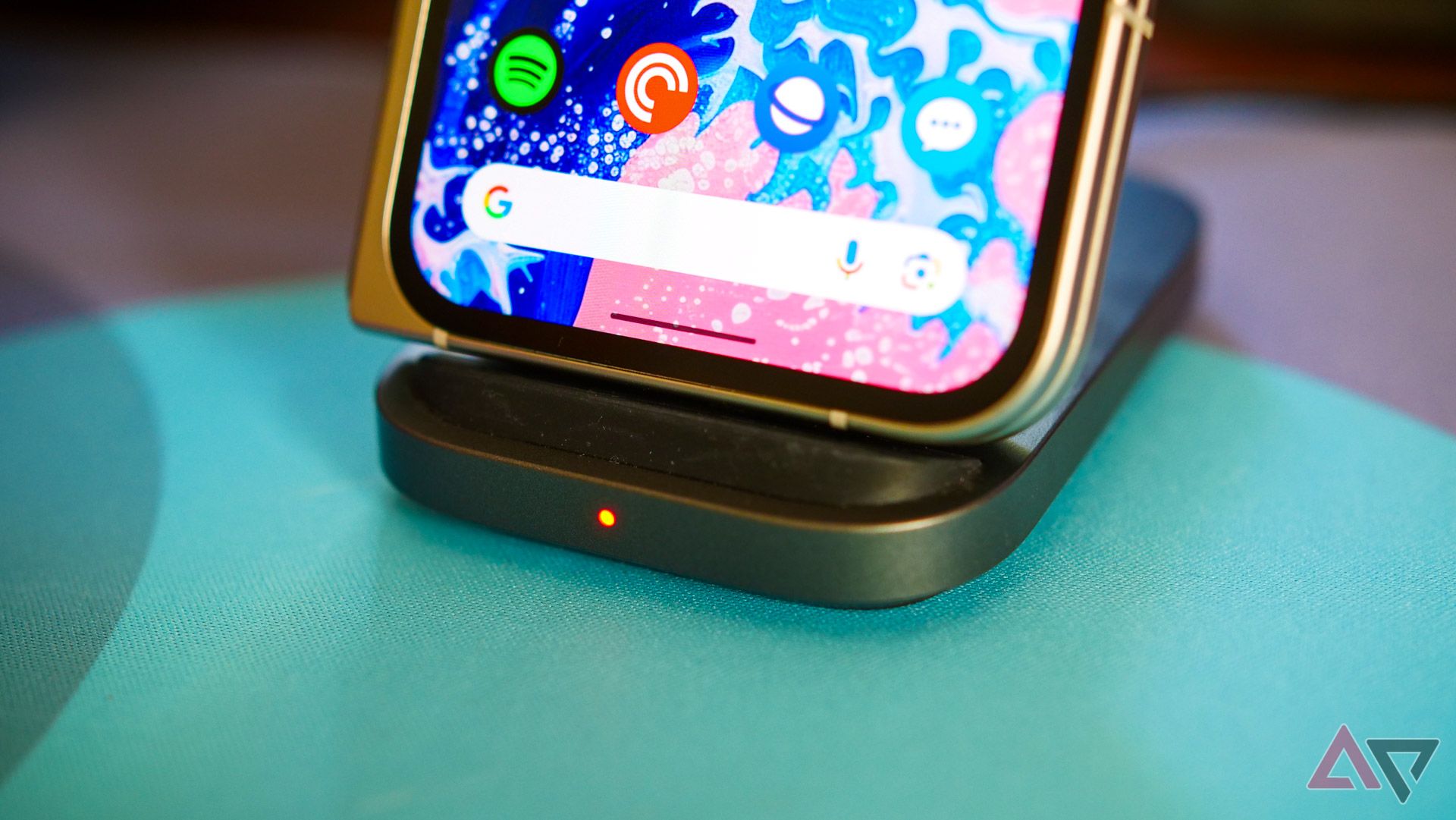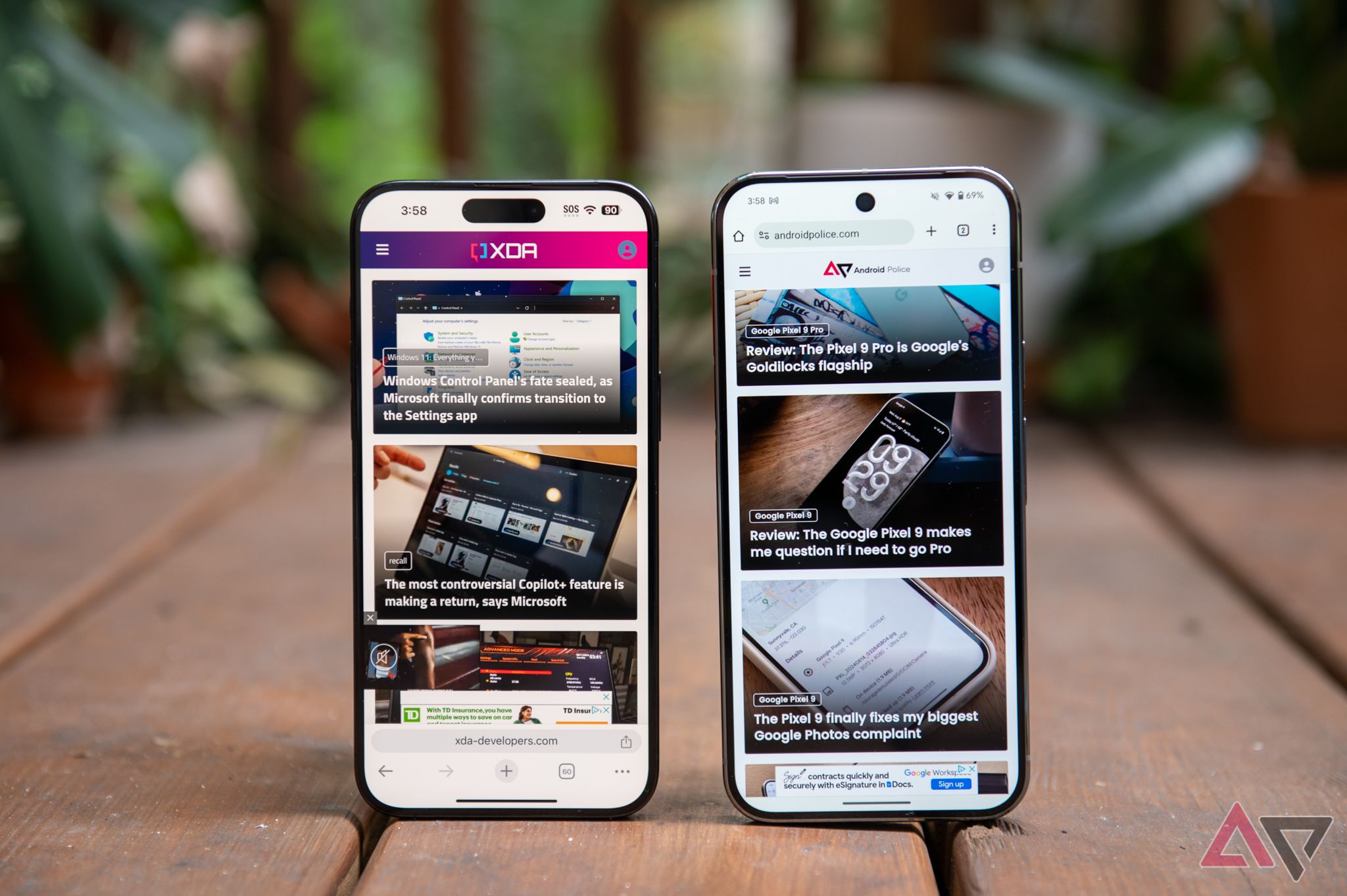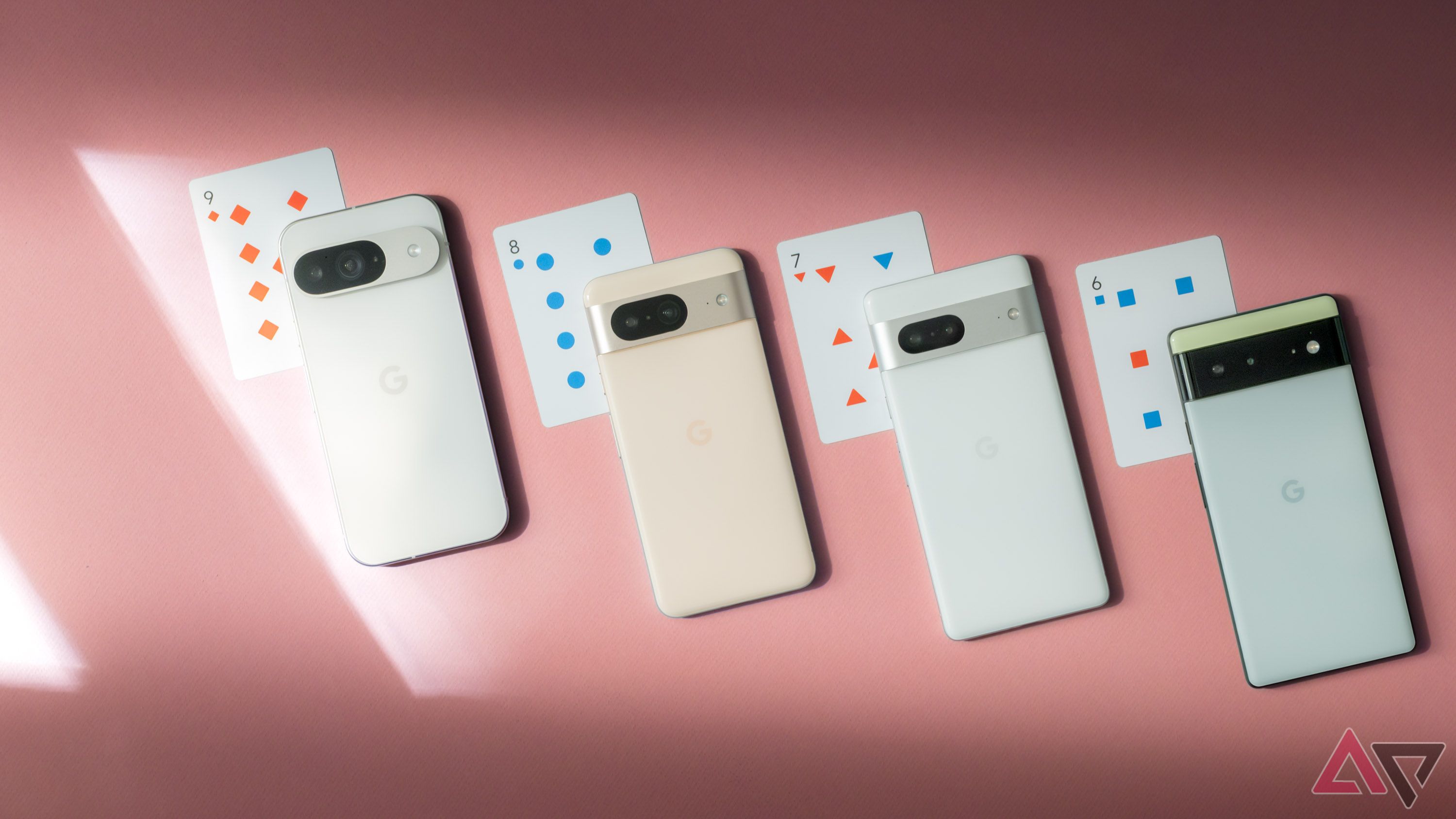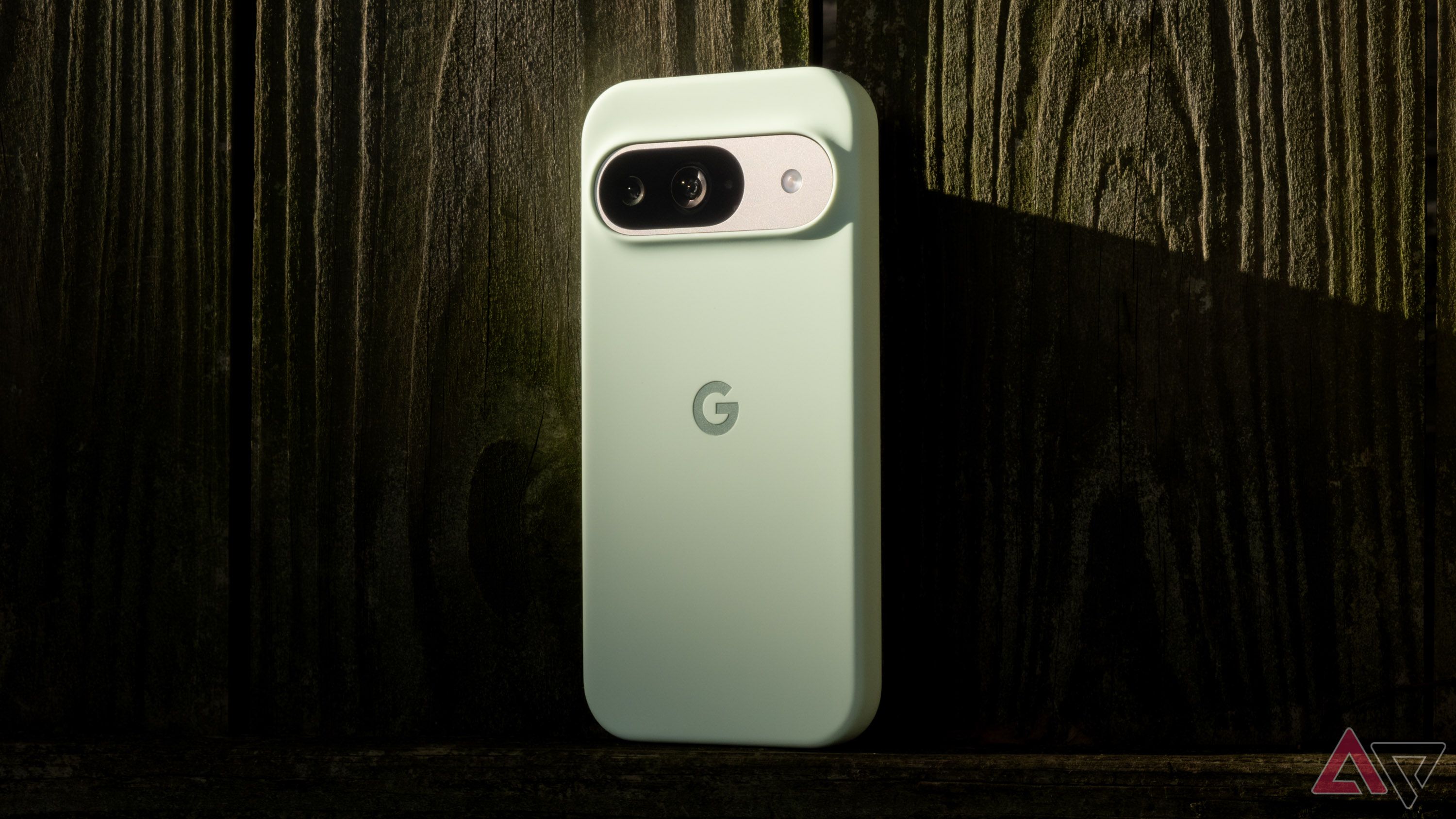It’s no secret that I’m a fan of Google’s new Pixel 9 series. I gave the Google Pixel 9 Pro my most positive review, while my time spent with the Pixel 9 and Pixel 9 Pro Fold have been equally excellent. In my experience, Google’s hardware in this generation is the complete package, with one notable exception: Qi2 wireless charging support.
Like Samsung, Google skipped out on upgrading to the Wireless Power Consortium’s latest version of its charging standard. Instead, Google used the same technology we’ve seen on smartphones for over a decade. Google stuck with familiar reasoning, as told to reporters during the Pixel 9’s launch: users aren’t demanding it. I disagree. I think the Pixel 9 lineup would be in a stronger position to combat Apple’s growing market lead in the US had these smartphones supported Qi2. Let me explain.
A mountain of accessories waiting to be unlocked
The hard work is already done, Google
First, a quick refresher on Qi2. The big improvement is the introduction of magnets, using the same layout Apple uses on its proprietary MagSafe standard.
Magnets are useful for wireless charging, guaranteeing a perfect alignment every time. That means power transfer is more efficient and accurate. No more waking up to a half-powered phone because you accidentally slapped it off its charging stand overnight. Throw in the potential for more than 15W worth of charging power, and you’re looking at an excellent upgrade that could get better over time.
The true advantage of Qi2 is the ability to use any MagSafe accessory on the market without a third-party case. As someone who routinely carries smartphones without a protective shell (especially during a review period), I would love to throw one of my MagSafe-supported wallets on the back of my Pixel 9 Pro for a night out. Instead, I carry a separate wallet or use a case with built-in magnets. Those aren’t always my preferred options.
The market for third-party MagSafe cases is why I don’t believe Google’s line about a lack of demand for this feature. I think audiences aren’t clamoring for “Qi2” because they don’t know what that means. If you asked the average Android user or, more specifically, the average Pixel user if they’d love to see support for magnetic accessories built into Google’s smartphones, I have a hard time believing they’d deliver a definitive “no.” And anecdotally, the internet backs me up here, at least regarding case demand.
One more way to convince Apple users to switch sides
Sales numbers go up
If giving users more choice in phone accessories isn’t enough for Google, let’s look at something related to its bottom line. The Pixel 9 series, perhaps excluding the foldable, is coming for the iPhone. Aside from a potential fourth device that Apple has a hard time justifying, Google’s current trio lines up perfectly with the iPhone 15, iPhone 15 Pro, and iPhone 15 Pro Max. Rick Osterloh, the guy in charge of Pixel, is on record saying the Pixel isn’t coming for Samsung users. Google has Apple in its sights.
It’s easy to figure out why. Google needs to stem the market share bleeding in the US. Something that is crucial to Android’s future as a mobile operating system. I’m all for it. The Pixel 9 lineup is more impressive than Apple’s hardware in nearly every way, discounting gaming performance. However, by skipping out on Qi2 support for at least another generation, Google creates a roadblock for potential iPhone defectors.
Instead of being able to advertise existing MagSafe accessories as working with your shiny, new Google Pixel 9 Pro XL, Google is hoping converts won’t mind rendering their collection useless or will turn to an aftermarket MagSafe-supported case. I don’t think those are good options when Qi2 could have been supported on these smartphones. In a year when iMessage is about to lose some of its sticking power with the inclusion of RCS in iOS 18, every little bit towards knocking down the strength of Apple’s ecosystem helps.
Google could extend the lifespan of its latest Pixels
And make the Pixel 9 Pro Fold a little less annoying to charge
Okay, I hear you. You’re an Android user and don’t care whether iPhone owners want to swap to Pixel. Aside from Qi2 opening an existing mountain of accessories, there are two more reasons Google should have upgraded its wireless charging standard this year. No matter how you look at it, both come down to delivering a better smartphone experience.
Let’s start with the Pixel 9 Pro Fold. Google’s $1,800 foldable is good. It’s a huge upgrade over last year’s not-so-nice Pixel Fold. It comes with one major downside, and that’s wireless charging. While any puck should do fine, if you own Google’s second-gen Pixel Stand for speedier charge times, you’re out of luck. This might be partly why the company pulled the dock from its online store. Based on my experience, third-party Qi stands don’t always align correctly, which could be a dealbreaker for some users.
If you plan to stay with one of the other three Pixel 9 phones, I think this generation was the right time for Google to include Qi2. We are in year two of the company’s seven-year OS promise, an (admittedly shaky) attempt to ensure users can keep their devices longer without feeling forced to upgrade because software support has reached EOL. I think that’s a great goal from Google. It benefits the consumer’s wallet and, in theory, the environment as fewer smartphones find their way into landfills.
Leaving Qi2 out is counter to this vision. If and when Qi2 becomes commonplace over the next few years, Pixel 9 owners will be left out of this market. This could lead to early upgrades from consumers who are satisfied with their purchases. Who cares if you get monthly security patches in four years if you can’t use the cool wallet stand your Pixel 11-owning friend has?
This was an easy, obvious win, Google
Better luck next year
This could’ve been explained if Google had stated that it didn’t feel the time was right for Qi2. To Google’s credit, this is the explanation Rick Osterloh delivered to Michael Fisher in Mountain View following the Pixel 9’s launch. This was a better justification than what was said to reporters in pre-briefings weeks prior. I still think it was the wrong answer, but at least it’s a difficult perspective to argue with — though, admitedly, more difficult in a world where the iPhone 16 has official Qi2 support.
Google leaves a lot on the table by stating market forces aren’t “interested” in magnetic wireless charging. This decision means the Pixel 9 series loses out on future-proofed wireless charging, improved charging alignment, and entry to an existing market of popular accessories. It leaves the $1,800 Pixel 9 Pro Fold worse for wear when it comes to coil placement. This launch was the time to make the move, Google. If HMD could do it, why couldn’t you?
-
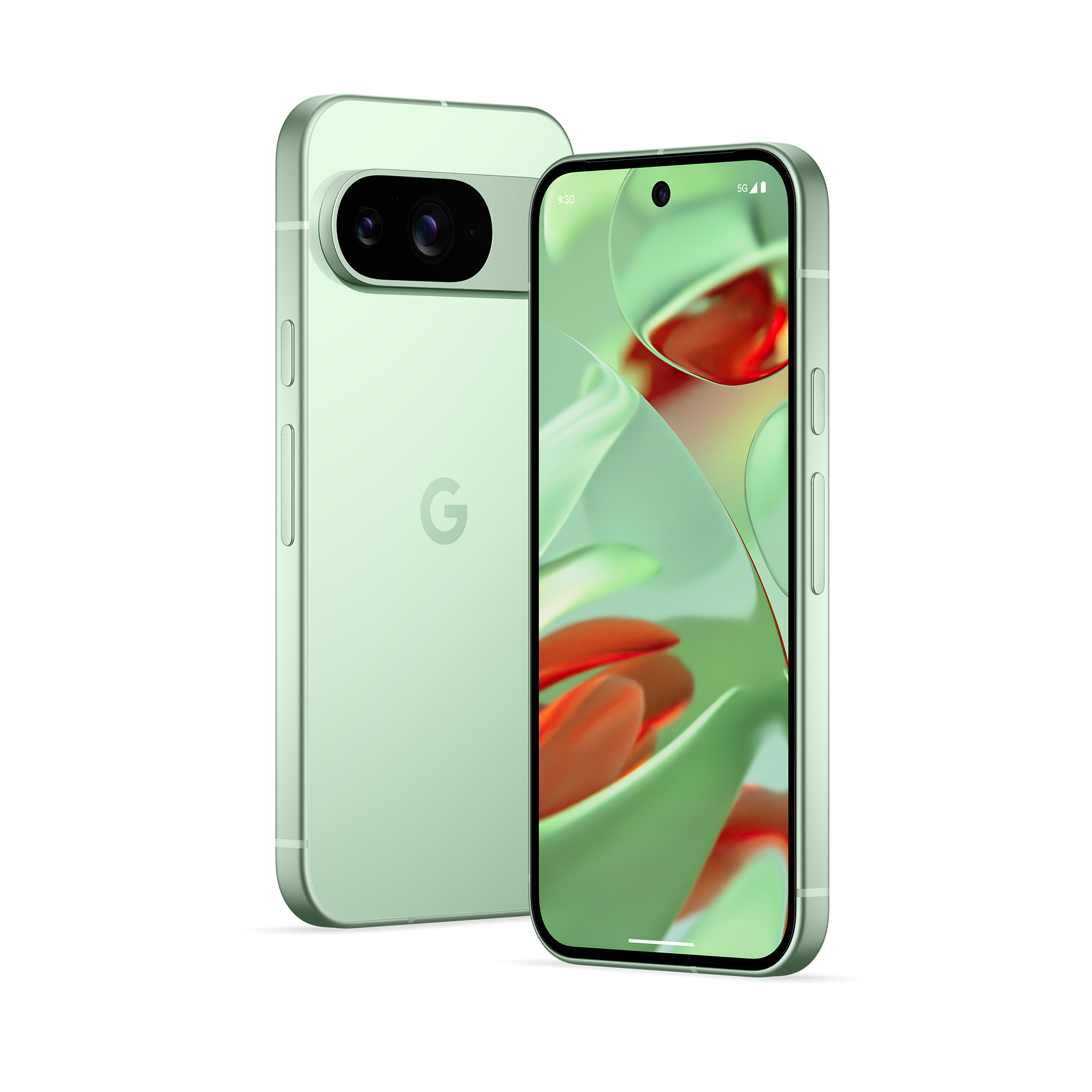
Google Pixel 9
The Pixel 9 is Google’s most affordable 2024 flagship, making a few compromises when compared to the Pixel 9 Pro and Pro XL while retaining the Google smarts the lineup has become known for. An upgraded 48MP ultra-wide camera is paired with a 50MP main shooter, and the selfie cam added autofocus. All of this comes with new Gemini AI features and a 2,700-nit Actua display for exceptional value at its price point.
-
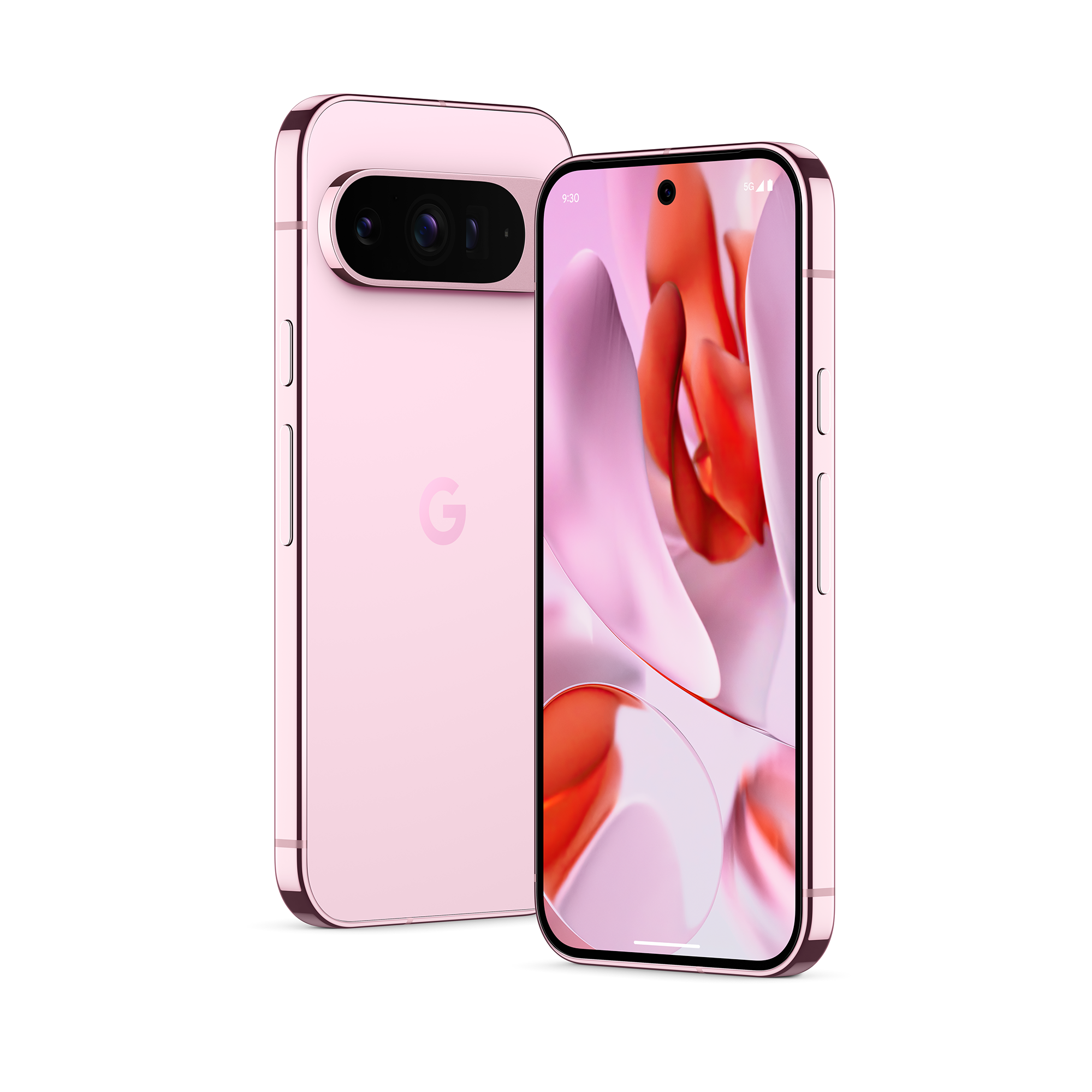
Google Pixel 9 Pro
The Pixel 9 Pro is a new addition to Google’s lineup, slotting in as a smaller premium flagship to pair with the Pixel 9 Pro XL. The latter is the direct successor to 2023’s Pixel 8 Pro despite its new XL moniker, whereas the Pixel 9 Pro brings a new form-factor to Google’s high-end offerings, sporting the same dimensions as the standard Pixel 9 model while packing all the AI and camera prowess we’ve grown accustomed to from Google’s Pro lineup.
-
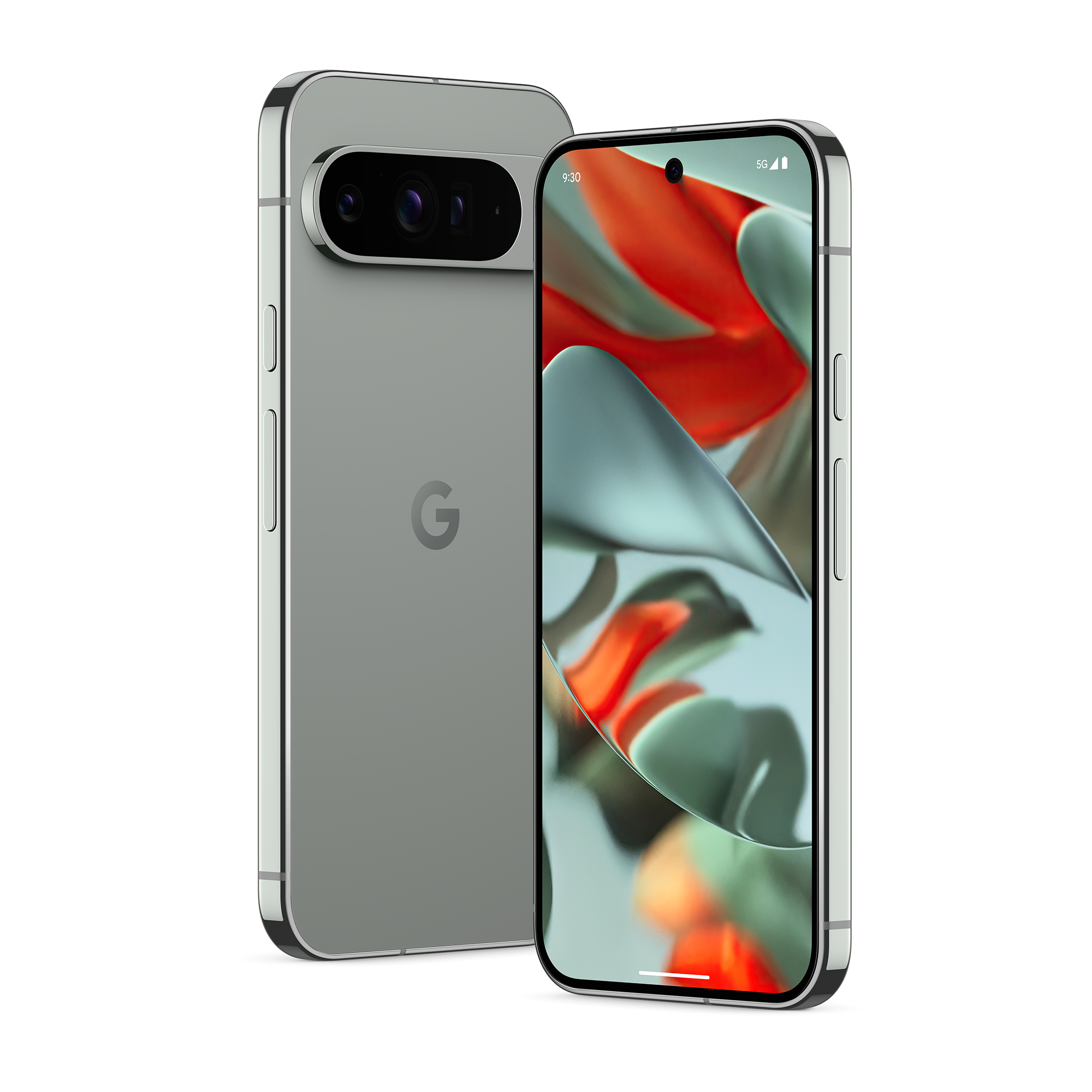
Google Pixel 9 Pro XL
The Pixel 9 Pro XL has a new name, but it fills the same slot as 2023’s Pixel 8 Pro, having similar specs with roughly the same footprint. The non-XL Pixel 9 Pro is new to the lineup as a smaller premium flagship offering. With the 9 Pro XL, however, you get Google’s fastest charging, a bigger screen and battery, and all of the camera and Gemini AI smarts you’d get in the smaller 9 Pro.
Source link
